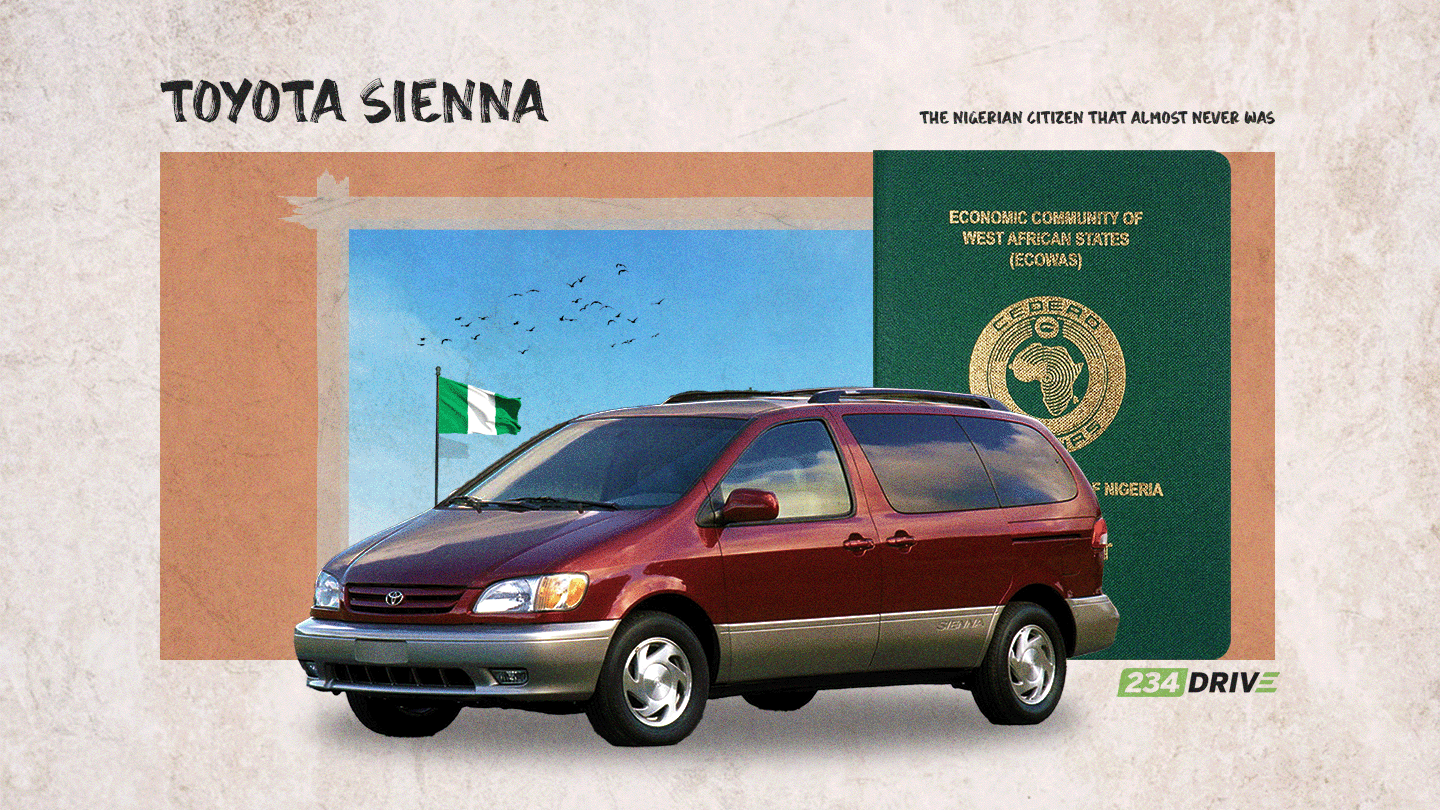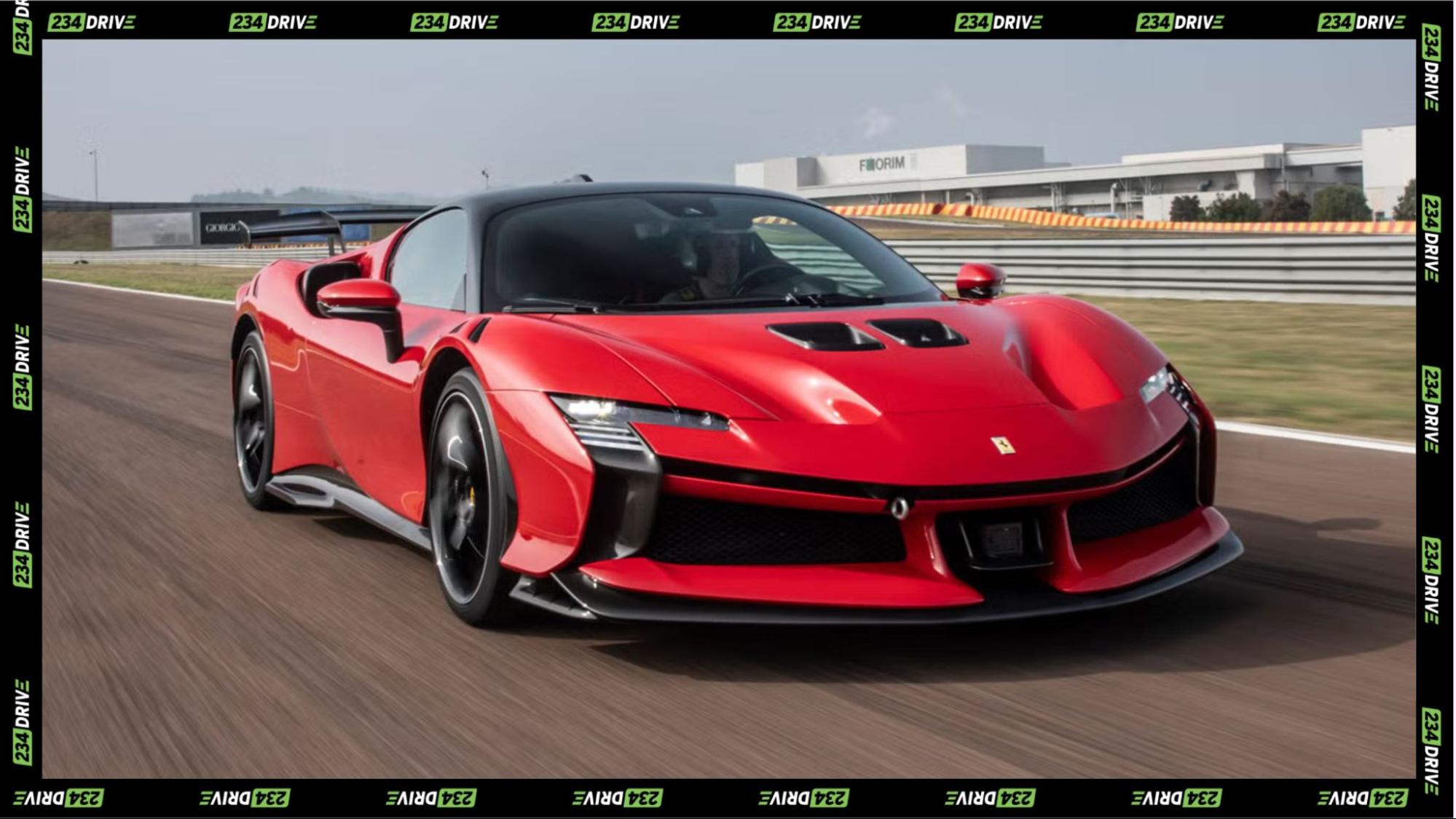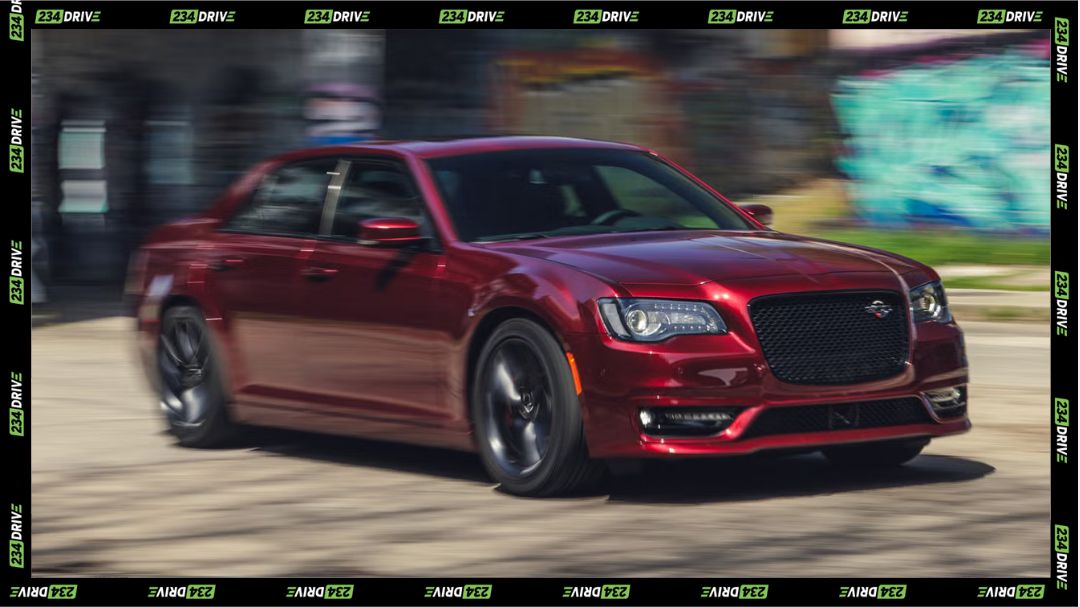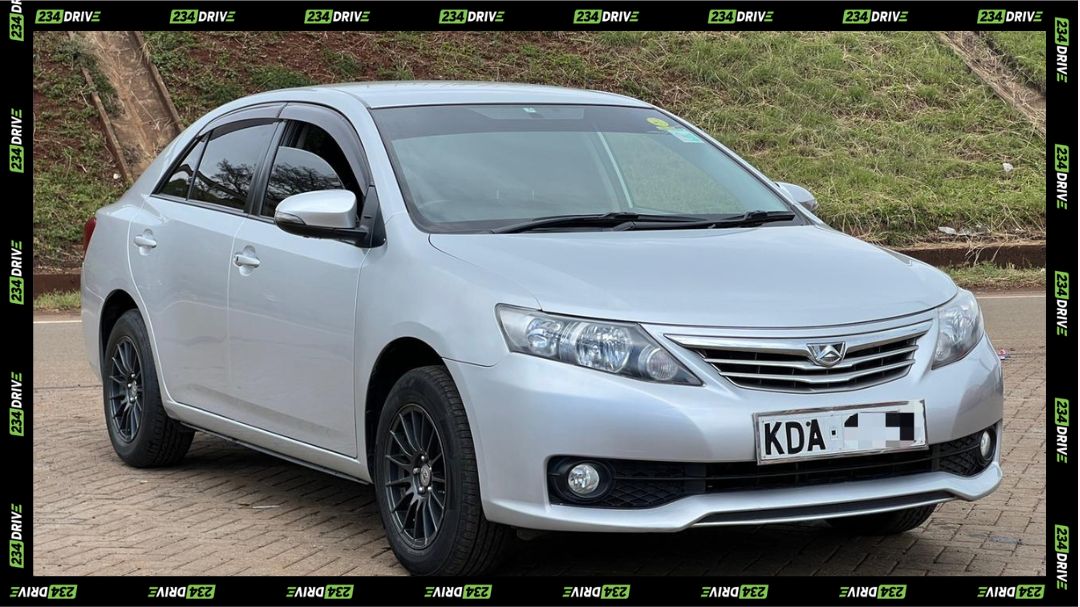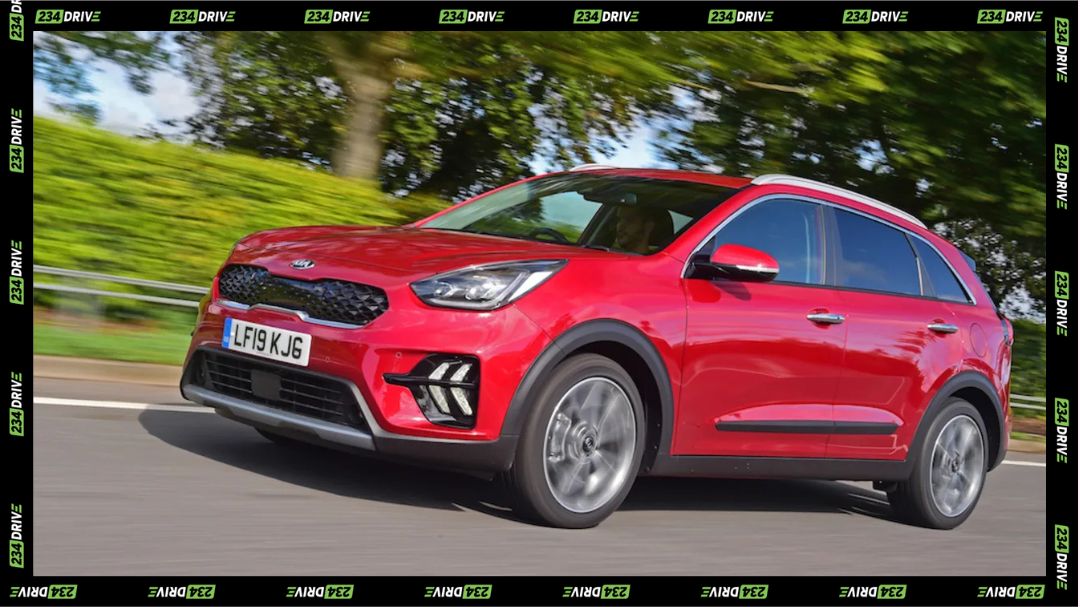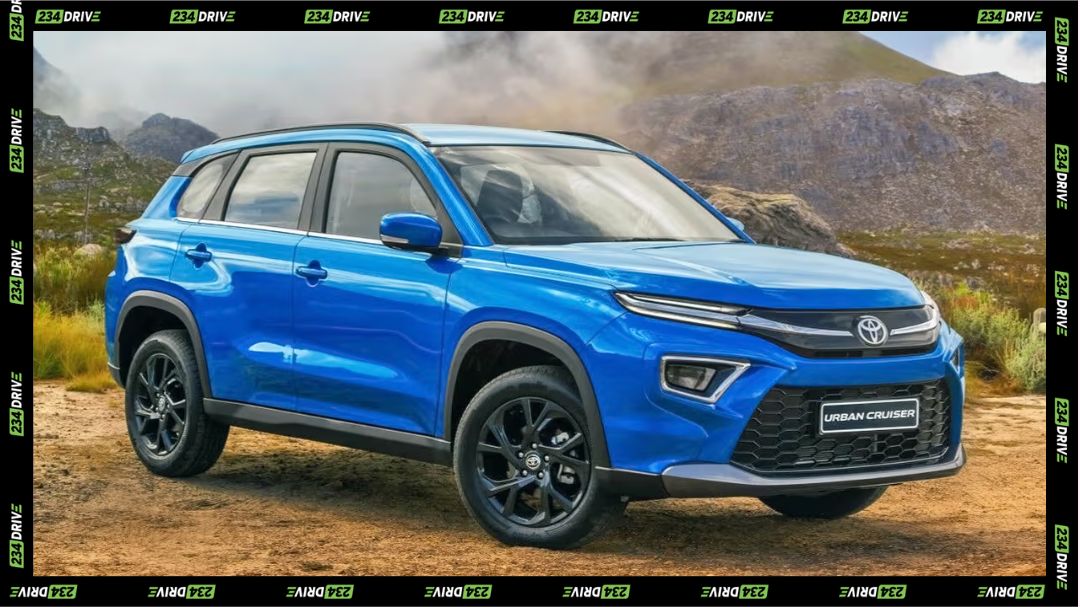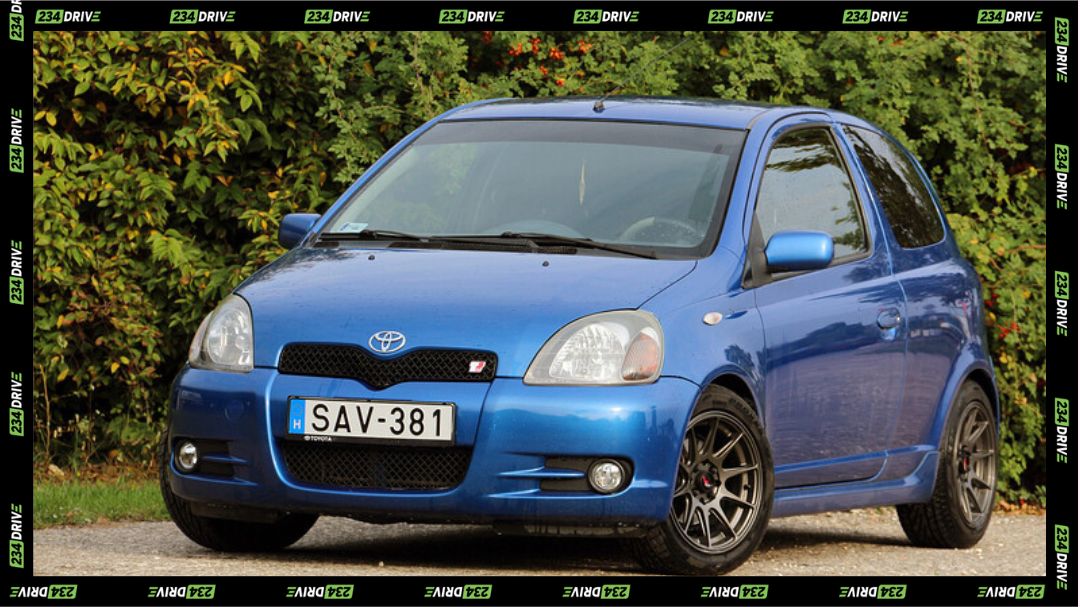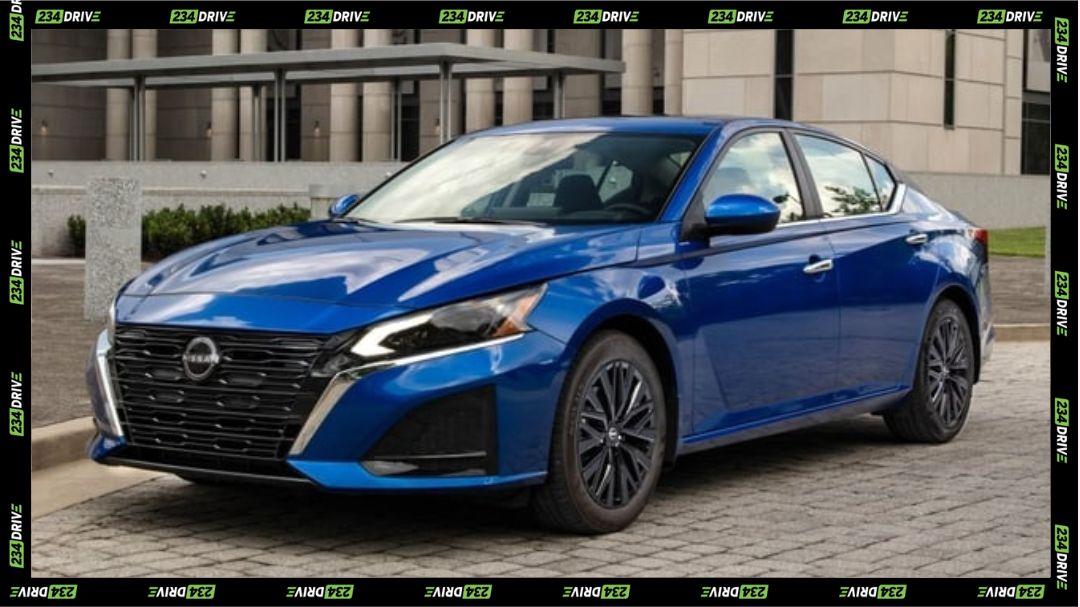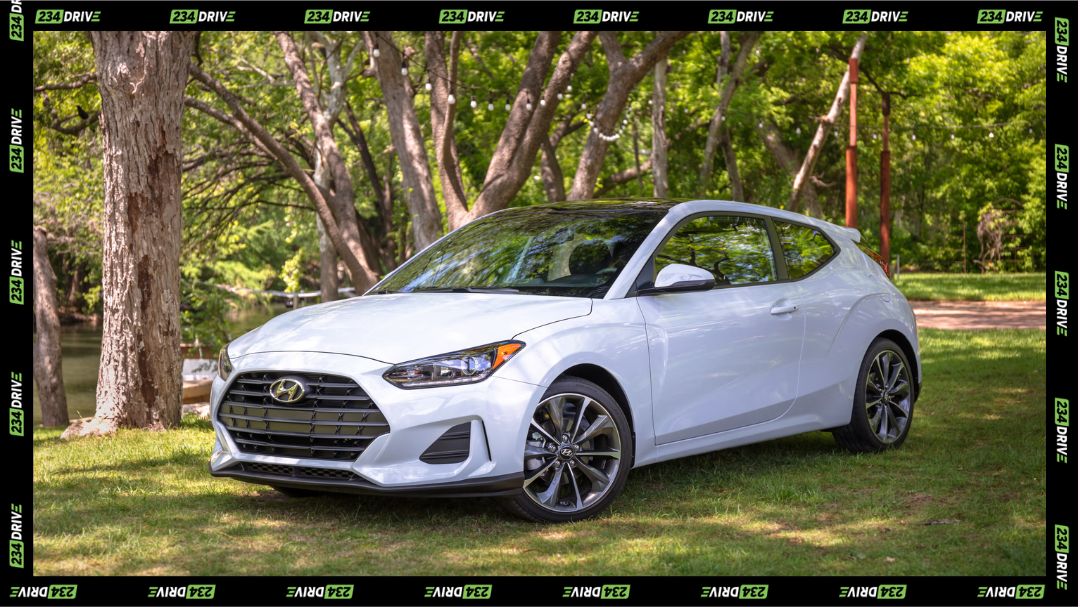The Toyota Sienna has become a pivotal part of Nigeria’s public transport system, as every transport company has at least one of it in their fleet. More so, it is the go-to vehicle for large families in Nigeria. Today, the Toyota Sienna is a common sight on Nigerian roads, but a lot of people don’t realise that the Sienna as we know it, was never meant to be.

So, How Did the Toyota Sienna Come to Be?
Before the Sienna, Toyota had another vehicle dominating its minivan line-up called the Toyota Previa. If you have ever travelled to or within the South-West region of Nigeria, then you have most definitely come across or been in a Toyota Previa. The Previa was Toyota’s flagship minivan which began production in 1990. It was created to rival other minivans of the time, including the Dodge Caravan minivan, the Chrysler Town and Country, as well as the Plymouth Voyager in the US market. Compared to its competition, the Previa looked rather out of place and that was Toyota’s first mistake.

The 1990’s era embraced the boxy car styling which was apparent on the other aforementioned competitors of the Previa. Thinking it best to be innovative, Toyota produced the more rounded Previa which had an infamous egg shape. The Previa’s smooth, rounded exterior made it very aerodynamic. The body styling reduced air resistance to its motion, and ultimately improving its fuel efficiency. On the inside, the Previa was the most spacious minivan of its time. This made it the go-to vehicle for transport companies, at least before the Sienna took over. I still have fond memories of school trips in a family friend’s massive Previa.

What Else was Wrong with the Toyota Previa?
Another flaw of the Previa was its engine setup. In a bid to make the Previa special, Toyota decided to adorn it with some supercar treatment. The Previa was given a four-cylinder mid-engine and rear wheel drive layout. Mid-engines and rear wheel drive are generally reserved for sport cars or performance cars rather than cars that are meant to be used as daily drivers, let alone a family car. A mid-engine setup meant that access to this car’s engine was difficult. The whole car needed to be lifted off the ground for full access of it’s engine. Additionally, the placement of the engine meant that it was impossible for horsepower-hungry Americans to swap out their Previa engines for more powerful and bigger V6 and V8 engines.

These two major factors led to low sales of the Previa in the US market. Toyota knew they had to act fast, or else risk getting cancelled. Producing a second generation Previa that had corrected all the issues of the first generation would have been a great option, but the damage had already been done. The Previa name was already tarnished in the US. So, Toyota decided to replace the Previa entirely with a new minivan and thus, the Toyota Sienna was borne. Just like the Toyota Venza which came to be years later, the Sienna was built on the Camry platform. This is why until date, the Toyota Sienna, Venza and Camry share parts like the engine.

The Birth of the Toyota Sienna
The Toyota Sienna is named after the Italian city of Siena, in the region of Tuscany. The Sienna, in contrast to the Previa, came in the generally more accepted front engine and front wheel drive configuration. Also, the 1997 Sienna was adorned with a more powerful 3.0-litre V6 engine. This new engine produced 194 horsepower, which was just enough to keep up with its rivals. Since 1997, there have been four generations of Toyota Sienna’s and unlike the Previa, they are the number one choice for minivans today in the US.

In 2011, the Sienna claimed the Top Safety Pick Award presented by the Insurance Institute for Highway Safety (IIHS). The Sienna also earned a 5-star safety rating awarded by the National Highway Traffic Safety Administration (NHTSA). These achievements helped Sienna to solidify its place in the heart of Americans. Halfway across the globe in Nigeria, the Sienna has also won the hearts of most families and transport companies because of three main features: its large sitting area which can comfortably fit 7 – 8 passengers; it’s equally large cargo space which can accommodate all its passengers’ luggage and its good fuel economy. These three features make the perfect recipe for an interstate transport vehicle. Consequently, Nigerians can’t get enough of the Toyota Sienna.

Moral of the Story
Oprah Winfrey once said, ‘Failure is another stepping stone to greatness’. Sienna’s predecessor, the Previa was a failure in the US, but instead of Toyota accepting defeat and counting their loss, they went back to the drawing board and created a success story. Today, the Toyota Sienna is a household name in Nigeria and a good number of Nigerians have ridden in one or at least seen one. The Toyota Sienna teaches us to never give up. Here’s a fun question. If the multiverse theory seen in most Marvel movies were real, do you think we would have the Toyota Sienna if the Previa was not a failure in the US?

On the Nigerian Independence Day a few weeks back, we released an article about the vehicles that have become our heroes’ past. We highlighted epic numbers like the Peugeot 504, Volkswagen Beetle, Mercedes Benz V-Boot and Hummer. However, we were remiss to leave out the all-too-important Toyota Sienna.


